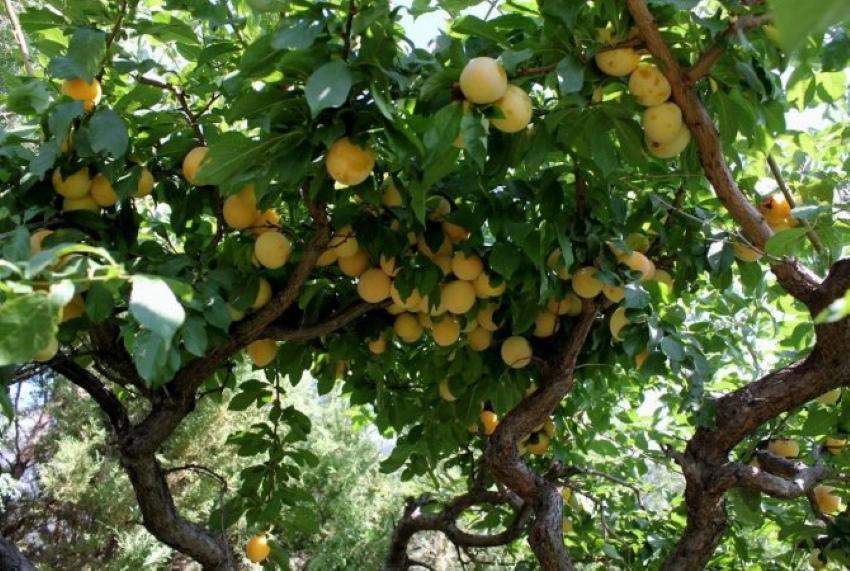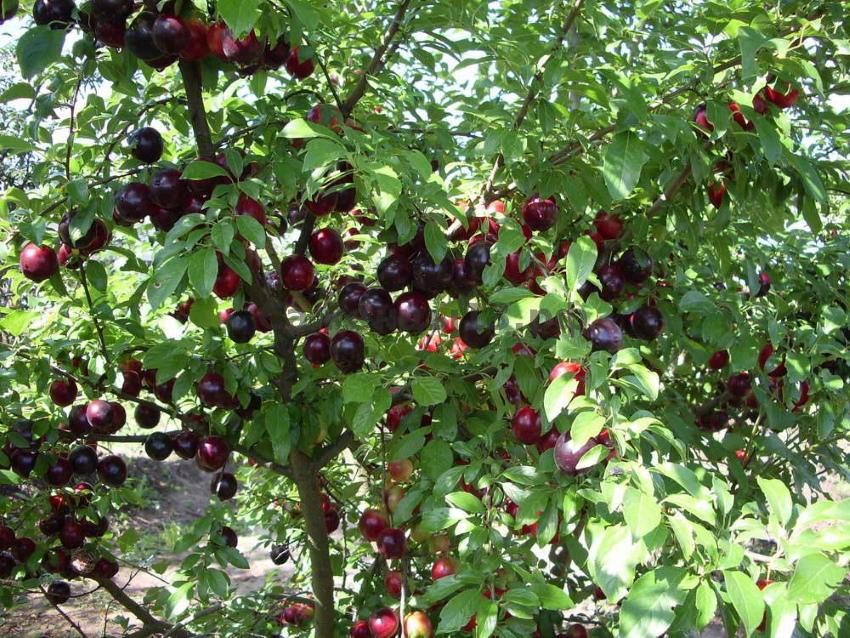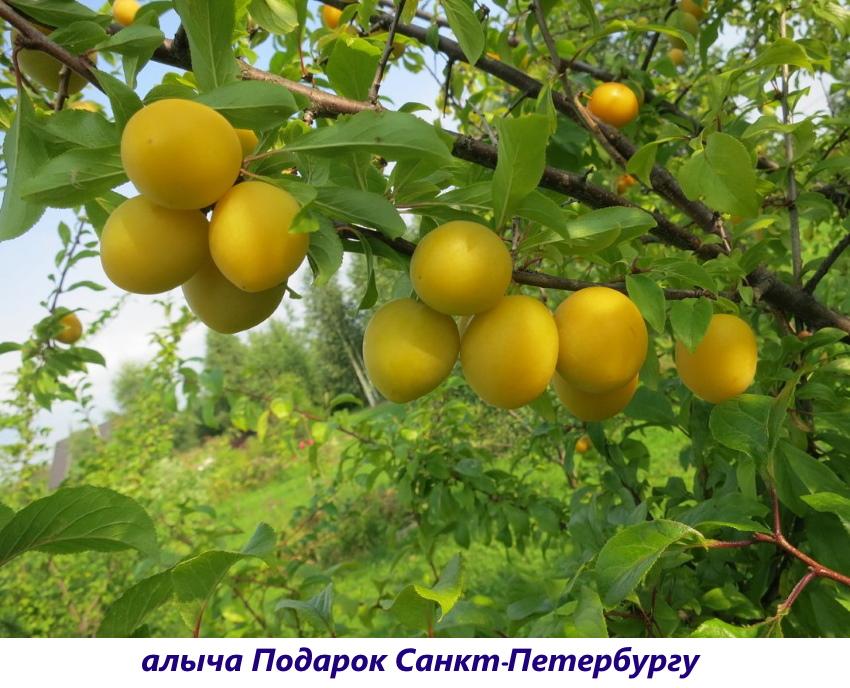Cherry plum for the Moscow region - the best varieties that are not afraid of frost
 The further from the south, the more difficult it is for gardeners, because many heat-loving crops do not grow here. Cherry plum is one of these plants, it is afraid of the cold and simply does not have time to ripen in a short summer. But thanks to breeders, cherry plum was bred for the Moscow region, the best varieties of which we will briefly discuss today. Do you also live in the middle lane and have decided to acquire such a tree? Then you will be interested to know what problem will arise if varietal zoning is not taken into account.
The further from the south, the more difficult it is for gardeners, because many heat-loving crops do not grow here. Cherry plum is one of these plants, it is afraid of the cold and simply does not have time to ripen in a short summer. But thanks to breeders, cherry plum was bred for the Moscow region, the best varieties of which we will briefly discuss today. Do you also live in the middle lane and have decided to acquire such a tree? Then you will be interested to know what problem will arise if varietal zoning is not taken into account.
Features of growing cherry plum in the middle lane

For cultivation in the suburbs and in other regions with a cold climate, special hybrids have been bred. For most, one of the parents is the frost-resistant Sino-Ussuri plum.
This made it possible to adapt the nature of the culture to the local climate and improve its characteristics:
- increase frost resistance;
- accelerate the ripening period;
- but at the same time maintain high yields and excellent taste characteristics.
In the suburbs and the middle lane, it is recommended to plant early cherry plum. Self-pollinated varieties are especially popular.
Cherry plum for the Moscow region - the best varieties
In cool climates and short summers, pay attention to such resistant varieties of cherry plum:
- Gift to St. Petersburg. A tree of medium height will yield a crop already 4 years after planting. Light orange fruits are small, sweet and sour, but dense and transportable.

- Seedling Rocket. One of the most persistent varieties, it will survive even minus 35 ° C. In addition, it will delight you with large red fruits.

- Kuban comet... A fast-growing, undersized and frost-resistant variety. The fruits are large, yellow in color with a large red blush and yellow flesh.

- Mara. One of the sweetest varieties with yellow fruits. The tree grows no more than 3 m in height.

- Tent. An early early-growing variety with the largest fruits weighing up to 40 g each. They are covered with a pink-blue skin, under which lies a yellow juicy pulp.
